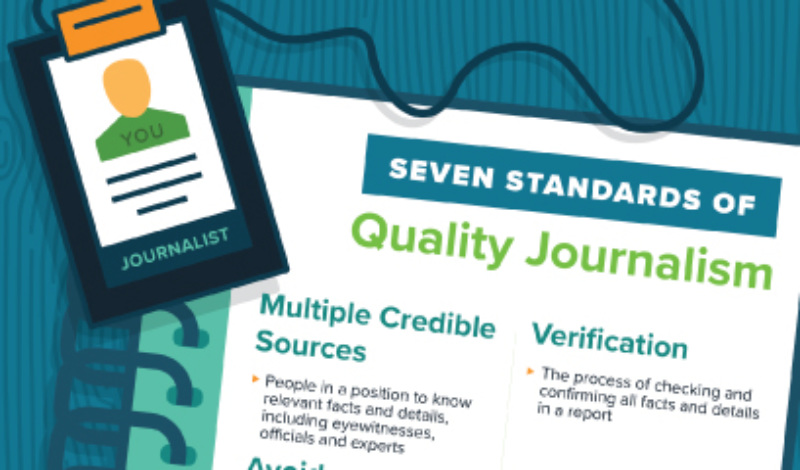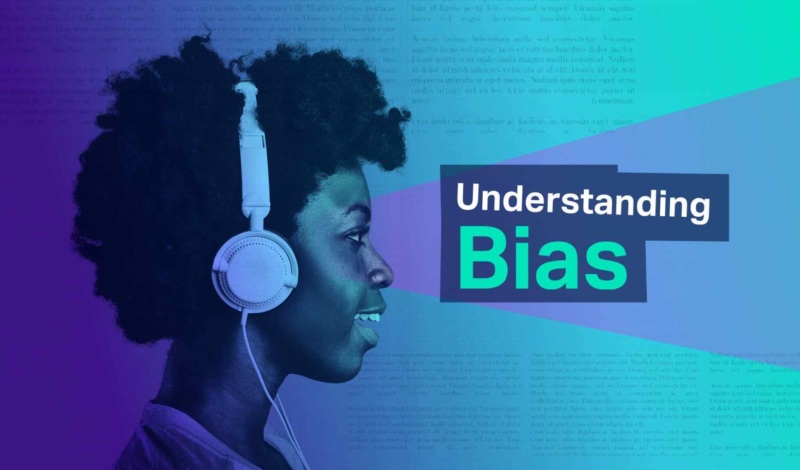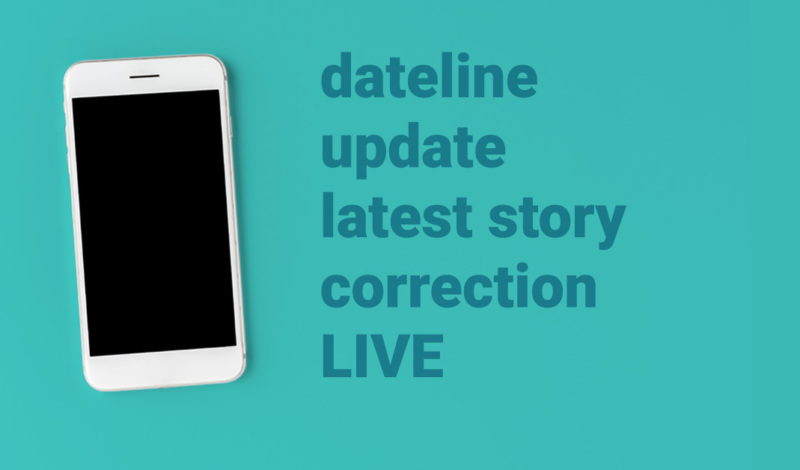
Seven standards of quality journalism
With this poster, students are introduced to seven standards of quality journalism and their descriptions.
People across the political spectrum often feel that “the media” is biased against their beliefs and values. But what counts as bias in news? And why do so few people feel that news coverage is slanted in their favor?
This infographic provides six tips to help you think clearly about this nuanced and important topic:
With this poster, students are introduced to seven standards of quality journalism and their descriptions.


The poster provided in this resource introduces students to five types of possible bias in straight news coverage.


Misinformation is always problematic, but when it appears alongside family updates on social media, it can be especially frustrating.


In this edition of News Goggles, let’s look at the trial of Derek Chauvin, a former Minneapolis police officer


In this edition of News Goggles, let’s examine how some news organizations label updates and show transparency in their



